
How to Use Wroom Esp32: Examples, Pinouts, and Specs
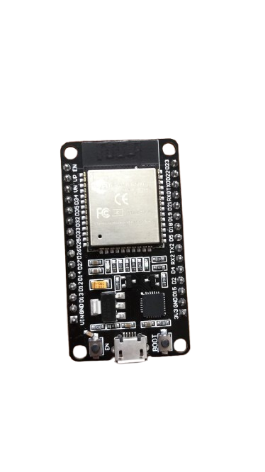
 Design with Wroom Esp32 in Cirkit Designer
Design with Wroom Esp32 in Cirkit DesignerIntroduction
The Wroom ESP32 is a powerful microcontroller module designed for a wide range of applications, particularly in the Internet of Things (IoT) domain. It features integrated Wi-Fi and Bluetooth capabilities, making it ideal for wireless communication. With its dual-core processor, extensive GPIO pins, and support for multiple communication protocols, the Wroom ESP32 is a versatile choice for embedded systems and smart devices.
Explore Projects Built with Wroom Esp32
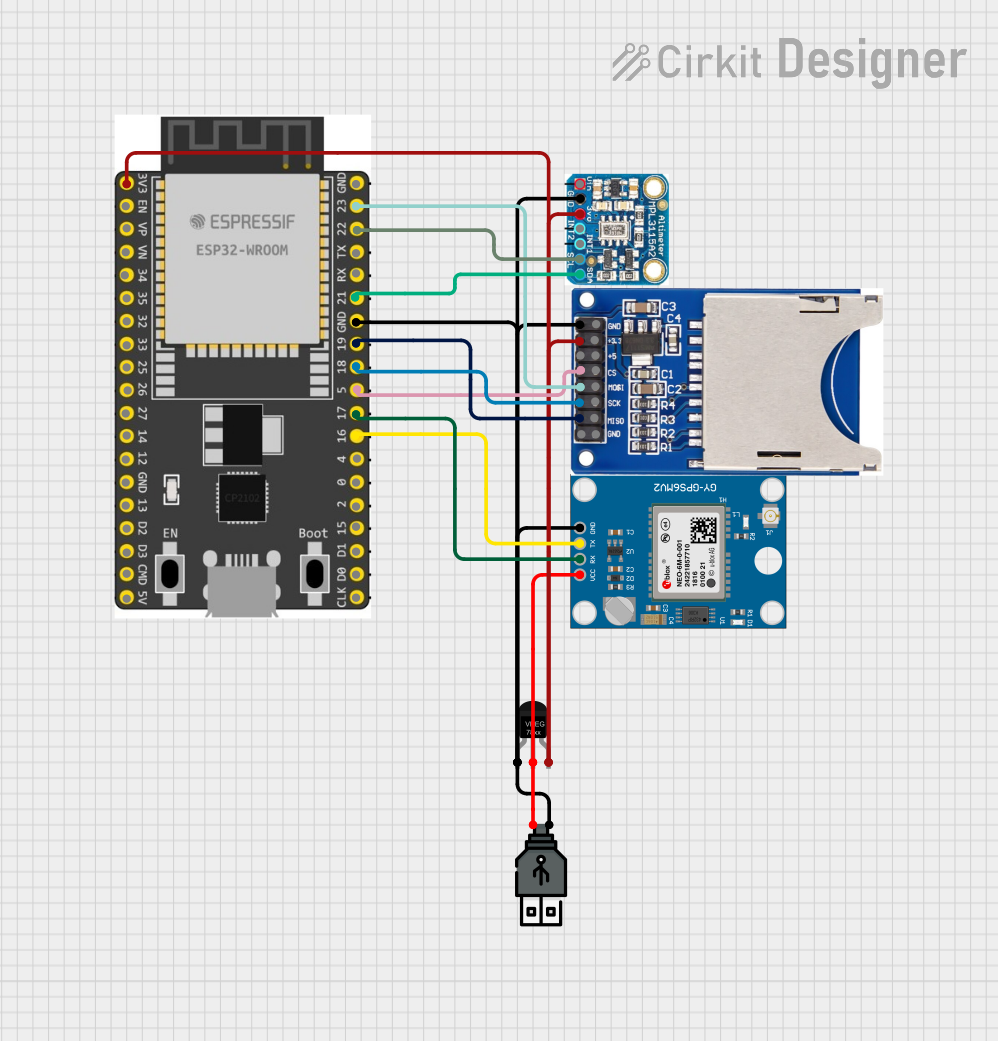
 Open Project in Cirkit Designer
Open Project in Cirkit Designer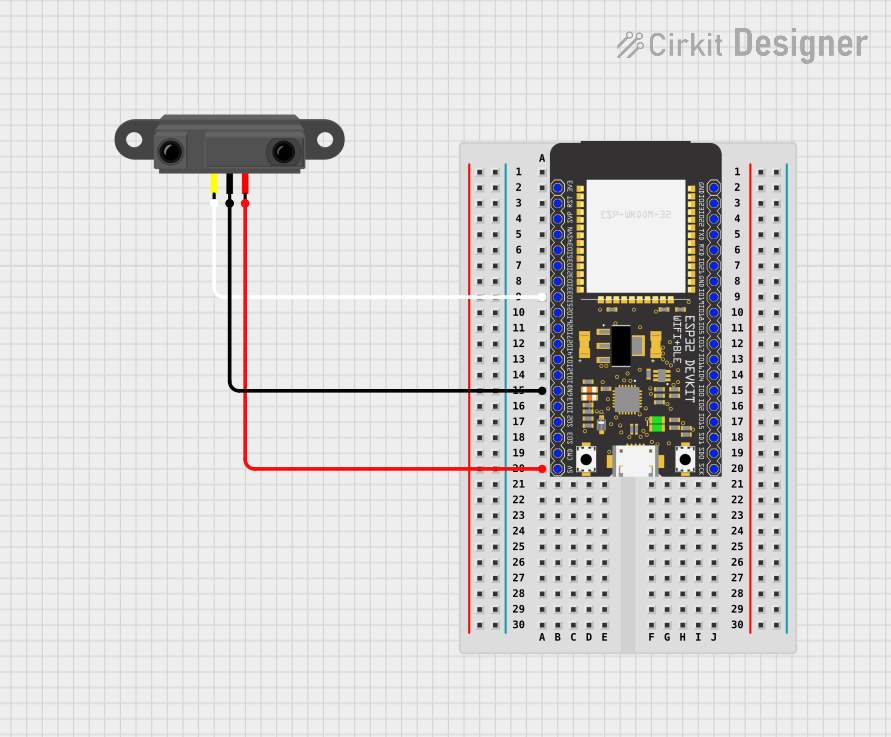
 Open Project in Cirkit Designer
Open Project in Cirkit Designer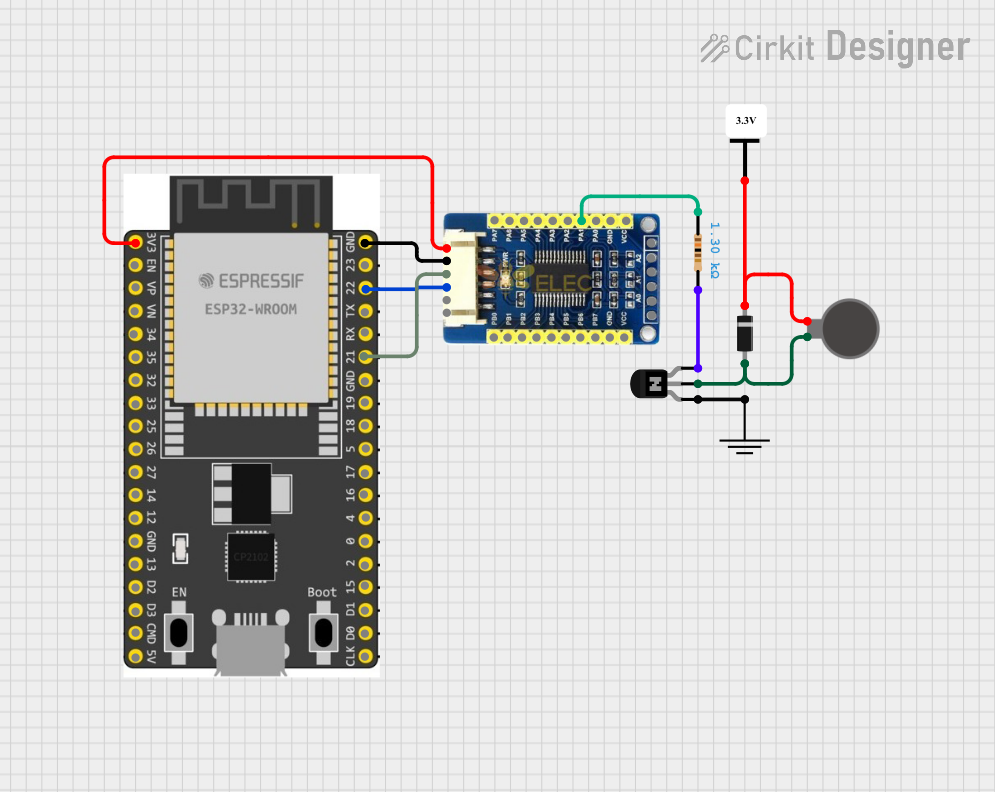
 Open Project in Cirkit Designer
Open Project in Cirkit Designer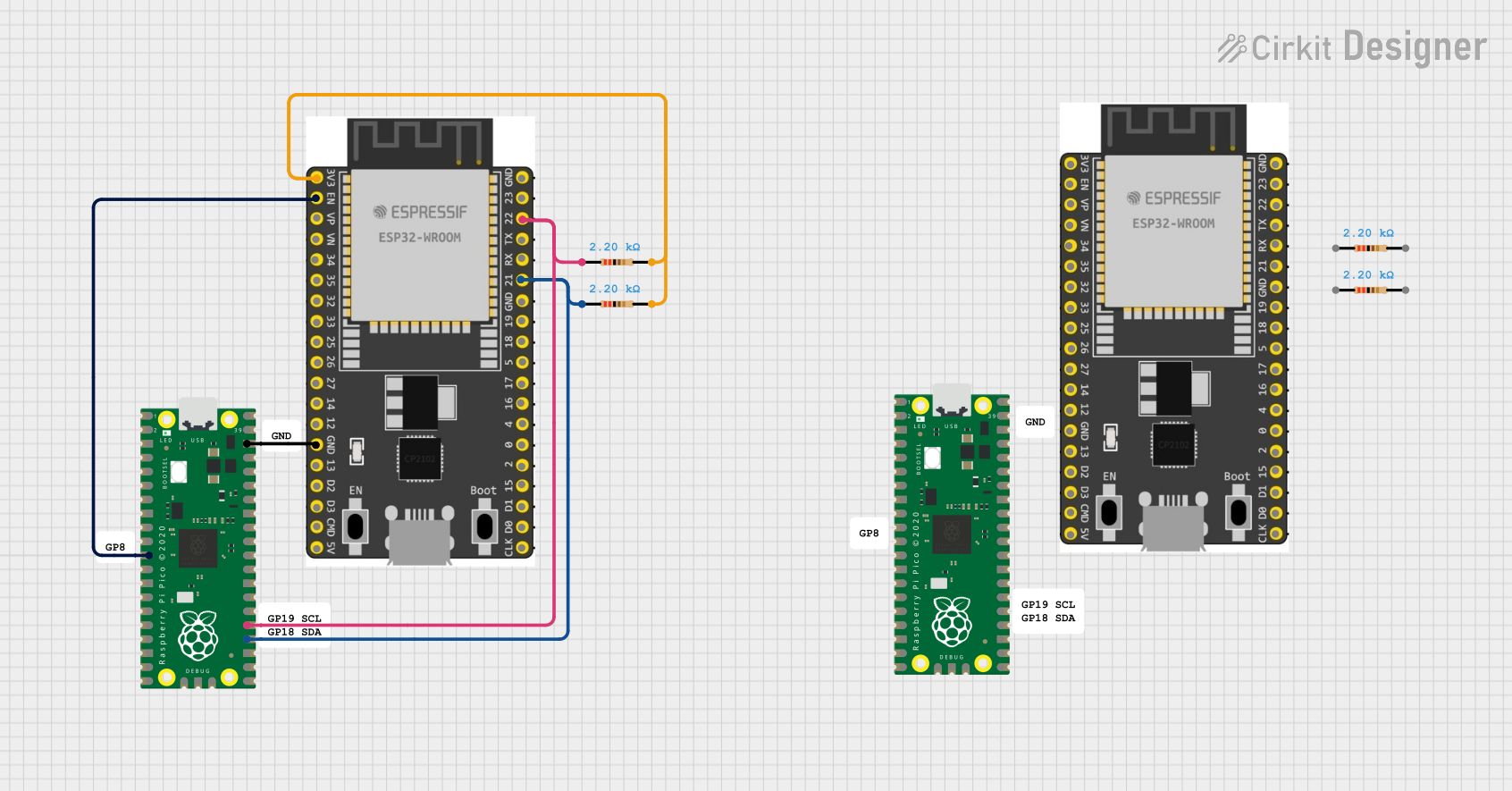
 Open Project in Cirkit Designer
Open Project in Cirkit DesignerExplore Projects Built with Wroom Esp32

 Open Project in Cirkit Designer
Open Project in Cirkit Designer
 Open Project in Cirkit Designer
Open Project in Cirkit Designer
 Open Project in Cirkit Designer
Open Project in Cirkit Designer
 Open Project in Cirkit Designer
Open Project in Cirkit DesignerCommon Applications and Use Cases
- IoT devices and smart home automation
- Wireless sensor networks
- Wearable technology
- Robotics and automation systems
- Industrial control systems
- Prototyping and development of connected devices
Technical Specifications
Below are the key technical details of the Wroom ESP32 module:
| Specification | Details |
|---|---|
| Microcontroller | Dual-core Xtensa® 32-bit LX6 processor |
| Clock Speed | Up to 240 MHz |
| Flash Memory | 4 MB (varies by model) |
| SRAM | 520 KB |
| Wireless Connectivity | Wi-Fi 802.11 b/g/n, Bluetooth v4.2 + BLE |
| GPIO Pins | 34 GPIO pins (multiplexed for various functions) |
| Operating Voltage | 3.3V |
| Input Voltage Range | 3.0V to 3.6V |
| Communication Protocols | UART, SPI, I2C, I2S, CAN, PWM, ADC, DAC |
| ADC Resolution | 12-bit |
| DAC Resolution | 8-bit |
| Power Consumption | Ultra-low power consumption in deep sleep mode (as low as 10 µA) |
| Operating Temperature | -40°C to 85°C |
| Dimensions | 18 mm x 25.5 mm x 3.1 mm |
Pin Configuration and Descriptions
The Wroom ESP32 module has 38 pins, with the most commonly used pins described below:
| Pin Number | Pin Name | Function |
|---|---|---|
| 1 | EN | Enable pin. Pull high to enable the module. |
| 2 | IO0 | GPIO0. Used for boot mode selection during programming. |
| 3 | IO2 | GPIO2. General-purpose I/O pin. |
| 4 | IO4 | GPIO4. General-purpose I/O pin. |
| 5 | IO5 | GPIO5. General-purpose I/O pin. |
| 6 | IO12 | GPIO12. Can be used as ADC, touch sensor, or general-purpose I/O. |
| 7 | IO13 | GPIO13. Can be used as ADC, touch sensor, or general-purpose I/O. |
| 8 | IO14 | GPIO14. Can be used as ADC, touch sensor, or general-purpose I/O. |
| 9 | IO15 | GPIO15. Can be used as ADC, touch sensor, or general-purpose I/O. |
| 10 | IO16 | GPIO16. General-purpose I/O pin. |
| 11 | IO17 | GPIO17. General-purpose I/O pin. |
| 12 | GND | Ground pin. Connect to the ground of the circuit. |
| 13 | 3V3 | 3.3V power supply output. |
| 14 | TXD0 | UART0 Transmit pin. |
| 15 | RXD0 | UART0 Receive pin. |
For a complete pinout, refer to the official ESP32 datasheet.
Usage Instructions
How to Use the Wroom ESP32 in a Circuit
- Power Supply: Ensure the module is powered with a stable 3.3V supply. Avoid exceeding 3.6V to prevent damage.
- GPIO Usage: Configure the GPIO pins as input or output based on your application. Note that some pins have specific functions (e.g., ADC, PWM).
- Programming: Use the Arduino IDE or ESP-IDF (Espressif IoT Development Framework) to program the module. Connect the module to your computer via a USB-to-serial adapter.
- Boot Mode: To upload code, hold the BOOT button (connected to GPIO0) while resetting the module.
- Wi-Fi and Bluetooth: Use the built-in libraries to configure and manage wireless communication.
Important Considerations and Best Practices
- Voltage Levels: The Wroom ESP32 operates at 3.3V logic levels. Use level shifters if interfacing with 5V devices.
- Deep Sleep Mode: Utilize the deep sleep mode to reduce power consumption in battery-powered applications.
- Pin Restrictions: Avoid using GPIO6 to GPIO11 as they are connected to the module's internal flash memory.
- Antenna Placement: Ensure the onboard antenna has sufficient clearance from metal objects to avoid signal interference.
Example Code for Arduino UNO
Below is an example of how to connect the Wroom ESP32 to a Wi-Fi network using the Arduino IDE:
#include <WiFi.h> // Include the WiFi library for ESP32
const char* ssid = "Your_SSID"; // Replace with your Wi-Fi network name
const char* password = "Your_Password"; // Replace with your Wi-Fi password
void setup() {
Serial.begin(115200); // Initialize serial communication at 115200 baud
delay(1000); // Wait for a moment before starting
Serial.println("Connecting to Wi-Fi...");
WiFi.begin(ssid, password); // Start Wi-Fi connection
while (WiFi.status() != WL_CONNECTED) {
delay(500); // Wait for connection
Serial.print(".");
}
Serial.println("\nWi-Fi connected!");
Serial.print("IP Address: ");
Serial.println(WiFi.localIP()); // Print the assigned IP address
}
void loop() {
// Add your main code here
}
Troubleshooting and FAQs
Common Issues and Solutions
Module Not Responding:
- Ensure the module is powered correctly (3.3V).
- Check the connections, especially the EN and GND pins.
- Verify that the correct COM port is selected in the Arduino IDE.
Wi-Fi Connection Fails:
- Double-check the SSID and password.
- Ensure the Wi-Fi network is within range.
- Restart the router if necessary.
Code Upload Fails:
- Hold the BOOT button while resetting the module to enter programming mode.
- Ensure the correct board and port are selected in the Arduino IDE.
GPIO Pin Issues:
- Avoid using GPIO6 to GPIO11 as they are reserved for flash memory.
- Check if the pin is already in use by another function.
FAQs
Q: Can the Wroom ESP32 operate on 5V?
A: No, the Wroom ESP32 operates at 3.3V. Use a voltage regulator or level shifter for 5V systems.
Q: How do I reset the module?
A: Press the RESET button on the module or toggle the EN pin.
Q: Can I use the ESP32 with a battery?
A: Yes, the ESP32 can be powered by a 3.7V LiPo battery with a suitable voltage regulator.
Q: Is the ESP32 compatible with Arduino libraries?
A: Yes, the ESP32 is compatible with many Arduino libraries, but some may require modifications.
This concludes the documentation for the Wroom ESP32 module.